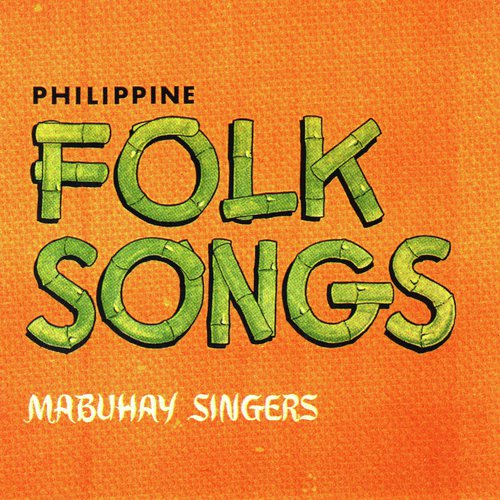

Over three centuries of Spanish rule, ended through the Treaty of Paris in 1898, this study will not only survey pre-‐‑colonial Filipino music and its Western influence, but also will primarily focus on the plucked iv string ensemble that Spanish colonists introduced to the Philippines, known as the rondalla. It was not until four decades later when the Spaniards conquered and colonized the islands, that change in culture, religion, and music took place. This music has existed long before Ferdinand Magellan and his crew set foot on Philippine soil in 1521. Hispanic influences are visible in traditional Philippine folk music, folk dance, language, food, art, and religion.

There is a significant amount of Spanish- Mexican influence within Filipino culture, customs and traditions.

The Philippine culture is rich in customs and traditions. Along with its deep tribal origins, Filipino music and its practices are heavily influenced by Western traditions. Philippine Culture, Customs and Traditions. Thus, the scope of the field covers the ancient folk literature of the Philippines' various ethnic groups, as well as various pieces of folklore that have evolved since the Philippines became a single ethno-political unit. With over seventy-‐‑one hundred islands counted within its border making it the second-‐‑largest archipelago in the world, the Philippines is a diverse nation that possesses many unique cultures and customs. Folk Songs of the Philippines Were also working on a section of Philippine folk songs in languages other than Tagalog. Philippine folk literature refers to the traditional oral literature of the Filipino people.


 0 kommentar(er)
0 kommentar(er)
